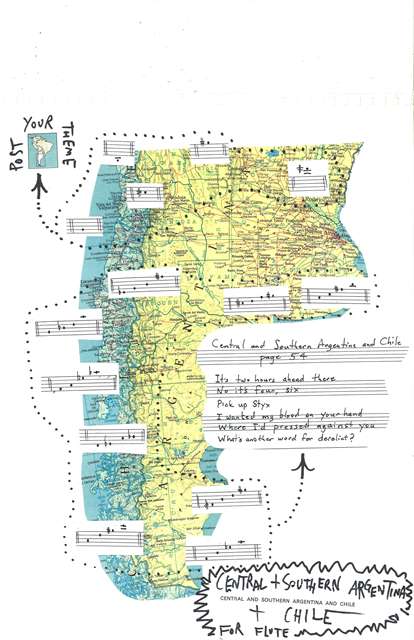Graphic Music Scores as a Means of Musical Liberation |
||||||||||
| James Cornish |
||||||||||
Throughout the latter half of the twentieth century, the relationship between composer and instrumentalist underwent numerous transformations. With the continued influence of the avant garde, musicians as well as composers sought strategies to destabilize the centuries’ old static formula of omnipotent composer and subservient musician. Composers such as Krzysztof Penderecki, Karlheinz Stockhausen and Iannis Xenakis began to explore the periphery of the five-lined musical staff. In pursuit of new, radical strategies of musical engagement, composers began to construct graphic scores to convey themes and ideas. This graphic-based approach allowed musicians to develop esoteric and internalized approaches to navigating musical scores. |
||||||||||
|
Update Required
To play the media you will need to either update your browser to a recent version or update your Flash plugin.
|
||||||||||
|
||||||||||
 |
||||||||||
Philip Greenlief, QUARTET (flute part), 2013. Image courtesy the artist |
This text is by James Cornish in his capacity and does not, necessarily, reflect the views of different infinite mile contributors, infinite mile co-founders, the authors' employers and/or other affiliations.




